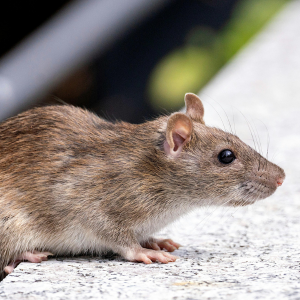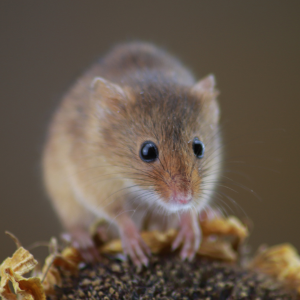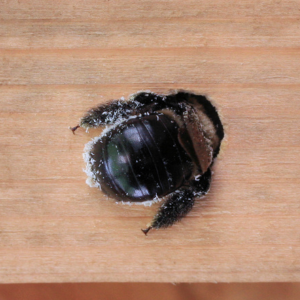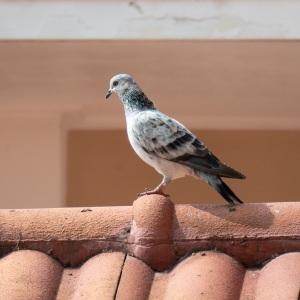- Ellicott City, Maryland, 21041
- P.O. Box: 700
-
Location
Ellicott City, Maryland, 21041
- Get a Quote
- For a Free Consultation +1 443-962-8581
- pestguru25@gmail.com
- Ellicott City, Maryland, 21041
- P.O. Box: 700
- Reviews
-
Location
Ellicott City, Maryland, 21041
-
Phone
+1 443-962-8581
- Get a Quote
Identify Bed Bugs
Bed bugs (Cimex lectularius) are small, flat, reddish-brown insects about 4–5 mm long that feed exclusively on the blood of warm-blooded hosts, most often humans. Nocturnal by nature, they hide during the day in mattress seams, box springs, headboards, baseboards, and cracks around furniture, emerging at night to feed. Signs of an infestation include rust-colored stains on bedding (from crushed bugs), dark fecal spots, shed skins, and itchy, clustered bite marks on exposed skin. A single female can lay up to 500 eggs in her lifetime, and nymphs mature through five molts in about 5–6 weeks, making early detection and swift action vital to prevent rapid population growth.
To protect your home, regularly inspect any second-hand furniture or hotel rooms before use, and reduce clutter to minimize hiding spots. Encase mattresses and box springs in bed-bug–proof covers and launder bedding, linens, and small garments in hot water (≥ 60 °C) followed by a high-heat dry cycle. Vacuum cracks and crevices thoroughly, then seal and discard the vacuum bag immediately. For stubborn or widespread infestations, steam-clean hiding places and apply diatomaceous earth or silica dust along baseboards and bed frames. When DIY methods fall short, engage a licensed pest-control professional who can employ heat treatments, targeted insecticides, and follow-up inspections to ensure complete eradication.
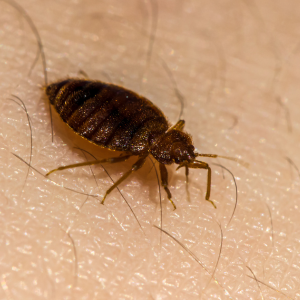
How do I get rid of Bed Bugs?
First, confirm and contain the infestation. Strip all bedding, curtains, and clothing from the room and wash them in hot water (at least 60 °C/140 °F) for a minimum of 30 minutes; then dry on the hottest setting. Vacuum mattresses, box springs, bed frames, carpets, and any cracks or crevices around the bed thoroughly, and immediately seal and discard the vacuum bag. Encase your mattress and box spring in a certified bed-bug–proof cover to trap any remaining bugs and prevent reinfestation.
Next, tackle survivors and prevent return. Use a steam cleaner on upholstered furniture, baseboards, and other fabrics—the heat will penetrate where sprays can’t. Apply diatomaceous earth or silica dust lightly around the perimeter of the room and along baseboards; these powders abrade and dehydrate bed bugs over time. For moderate to heavy infestations, spot-treat with an EPA-approved insecticide labeled for bed bugs, strictly following the label instructions. If you still see bites or live bugs after a couple of weeks, call a licensed pest‐control professional to apply more powerful treatments like heat chambers or professional-grade chemical applications. Finally, reduce clutter and regularly inspect sleeping areas to catch any reemergence early.
Treatment Process
Bed Bugs Control & Treatment
Bed bugs are tiny, blood-sucking pests that hide in mattresses, furniture, and wall cracks, causing sleepless nights and skin irritation. Early detection and expert treatment are essential for complete elimination.
Our Bed Bugs Control Process:
Inspection & Identification
Our trained technicians conduct a thorough inspection of beds, furniture, walls, and floors to locate all infestation points.
Preparation & Cleaning
We guide you through proper preparation — including laundering linens, decluttering, and vacuuming — to ensure effective treatment.
Chemical & Non-Chemical Treatment
We offer safe, targeted chemical treatments using industry-approved insecticides, and heat treatment options where necessary.
Follow-Up & Monitoring
After the initial treatment, we schedule follow-up visits and provide monitoring tools to ensure the bed bugs are completely gone.
Guaranteed Results
Our treatment plans are backed by a satisfaction guarantee and tailored to fit residential or commercial properties.

